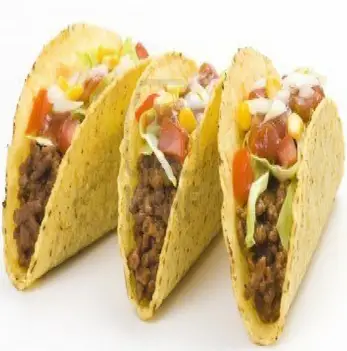The simplest way to describe an investment multiplier is to look at it as the multiplier effect that a sudden boost of fiscal investment into an economy can have.
It's the idea that when policy is set that sees more money pumped into an economy through the central bank, this money travels outwards - and in the end creates more money which feeds back into the cycle and makes for a healthier outcome.
This is the idea behind "stimulus packages" that several governments have been trying out.
Here's a pretty good example that features one of my favorite foods, tacos:
If you buy $100 worth of tacos. Say the shop owner saves $10 and spends $90 on mince meat.
Then the minced meat producer saves 10% that is $9 and consumes the rest ($81) on guacamole, and so on...
Each $ received 10% is saved (marginal propensity to save- MPS) and 90% consumed (marginal propensity to consume - MPC). This eventually results in 100/(1-.9)=$1000 worth of expenditure in the economy. The multiplier=1/(1-MPC).
